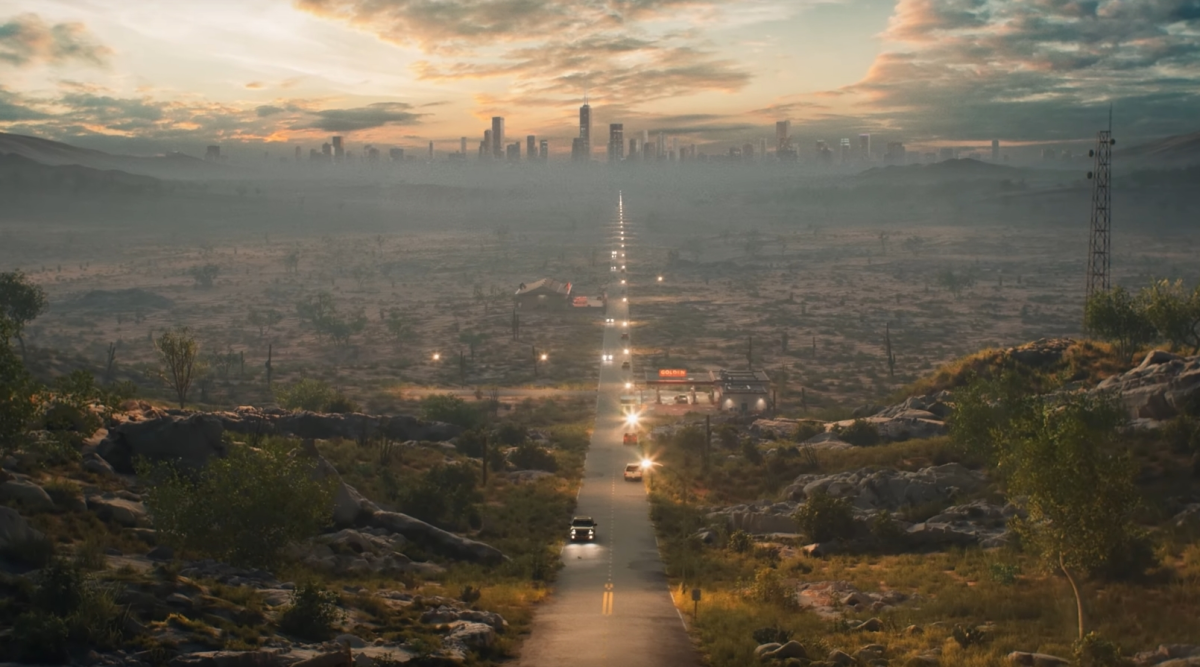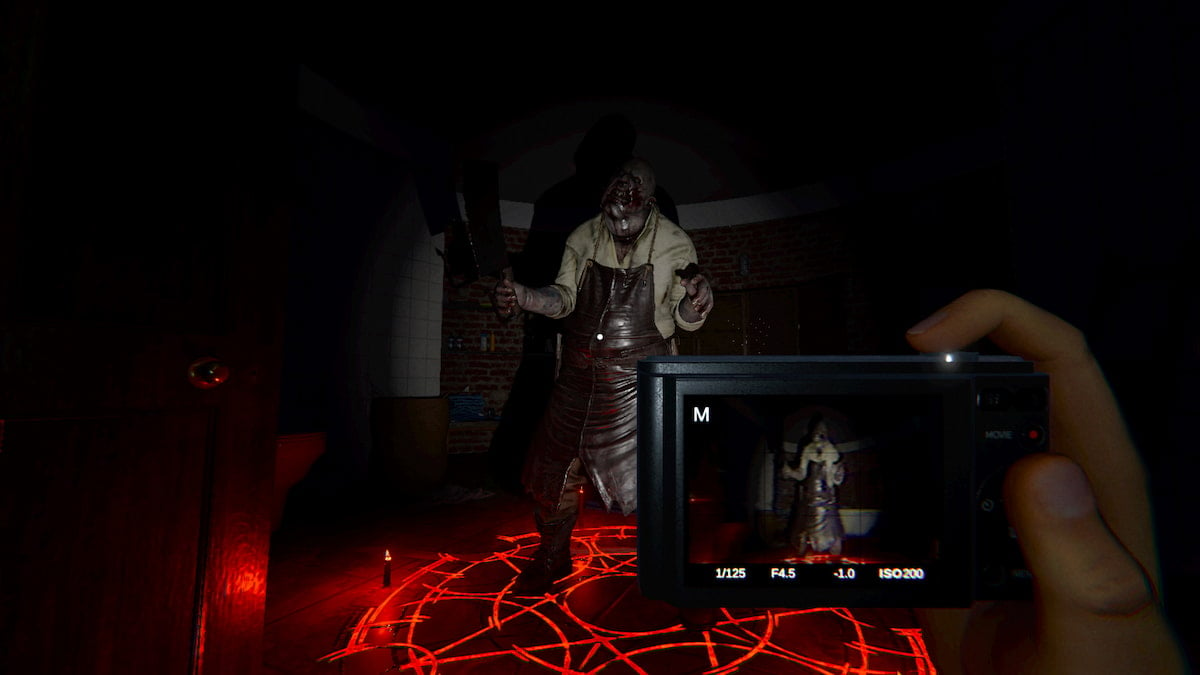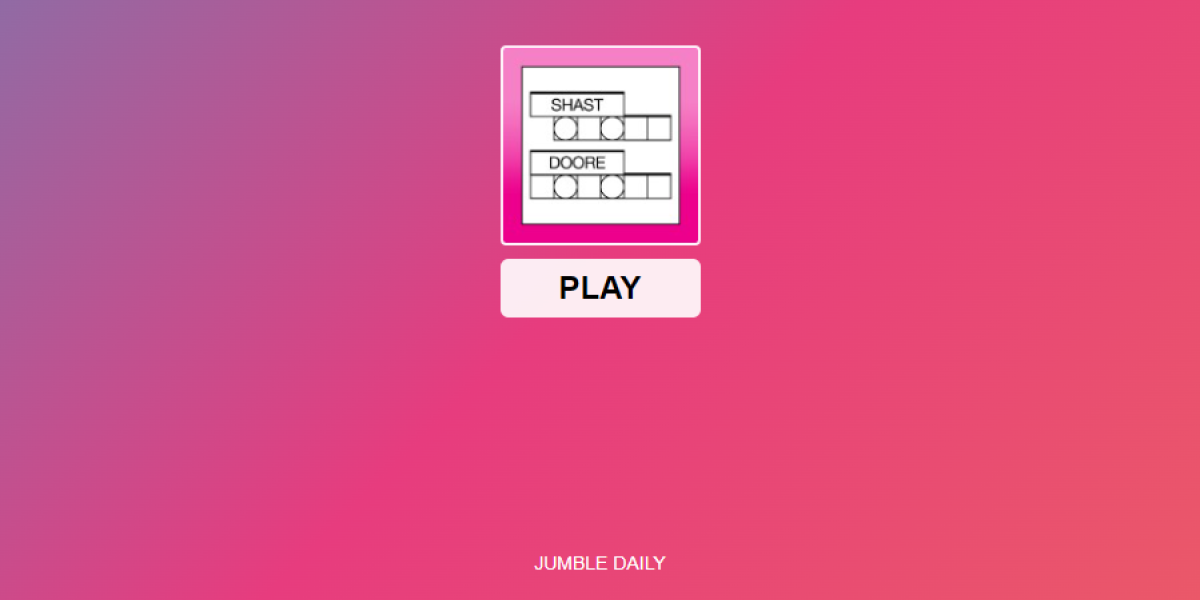Whether you’re in a real city or handling a simulated one, traffic issues never go away. It’s a dog-eat-dog world out there, and everyone’s got places to be.
While you may not have the power to change these conditions in the real world, you can certainly change them in Cities Skylines 2. Let us show you how.
Evaluating whether you have bad or regular traffic in Cities Skylines 2
Before we jump into the different ways you can tackle problematic traffic, you first need to evaluate whether the traffic in your city actually needs fixing or not. When your city expands, naturally, more people will be driving out and about. Similar to reality, there’s a high chance you may get stuck in traffic every now and then, but this is completely normal, which extends to the way traffic in Cities Skylines 2 works as well.
While traffic in the game can be a nuisance, it will not completely ruin your city’s success. As long as you take steps to reduce constant traffic congestion, you should be fine. In addition, Cities Skylines 2 has an internal clock that your citizens follow, and in the afternoon, they will drive home, causing rush hour traffic. This is a normal aspect of the game, so don’t be concerned if you experience a traffic jam from time to time.
How to manage traffic in Cities Skylines 2

Make use of traffic infoview
To manage traffic effectively, you should first understand the traffic flow and volume in your city. You can use the Traffic infoview in Cities Skylines 2 to get this information. In the upper left-hand corner of your screen, you can see the “Info Views” menu. Clicking on the car icon in this menu will bring up the traffic overlay, which will show you which areas have high traffic and when the traffic is heaviest.
This gives you a general overview of the road network, showing how smoothly the vehicles are flowing. A higher traffic flow number indicates that there are no jams, while a lower number indicates potential bottlenecks. Switching to the Traffic volume view will show you the total number of vehicles on the road network. It will also show you the busiest times of day.
You can also view this information for a specific road by clicking on the street name. If a road has a lot of traffic, you might want to consider adding more connections to it. For instance, if a housing development has a single two-lane road as the only entrance, you can build another exit road to prevent the first intersection from becoming too congested.
Construct public transportation
Public transportation is an effective way to reduce traffic congestion. Once you unlock the transportation tab, you can create specific routes for metros, trucks, and buses. As you improve public transportation, more citizens will use it instead of private vehicles. This can help you generate revenue from transportation fares, similar to how building parking spots can.
You can establish various transportation networks in your city, with buses being one of the earliest options. By strategically placing bus stops around your city, you can create a route that citizens will choose over others. You can also build bus-only roads, which will help to prevent traffic congestion that could have otherwise been caused by buses.
Trams are a win-win transportation option, especially when placed on pedestrian streets. They don’t cause traffic, since cars aren’t allowed on those streets. Tram stops can be placed all along the street to take citizens to their common destinations in the city.
Create pedestrian streets
You would be wise to implement this street type in your city, especially since it does not cause heavy traffic, as it’s meant for people who prefer to walk around the city rather than use transportation, whether that be private or public. Once you have unlocked parking lots, you can place some near the entrance of the pedestrian street for citizens to park their cars.
Pedestrian streets also happen to be open to service vehicles, which allows them to quickly reach their destination without having to wait behind other cars.
Place roundabouts
Roundabouts in Cities Skylines 2 are an improvement over the simple version from the first game. To create a roundabout, simply place a small island on a road and it will automatically transform into one. Roundabouts are unidirectional and do not have traffic lights, which ensures a constant flow of traffic. With a few exits, roundabouts can provide smooth traffic that does not stop frequently.
Be wary, though, as too many exits on a roundabout can cause issues, especially when the inside of the circle becomes an intricate maze of routes for the vehicles on it.
Build parking areas
One way to reduce traffic congestion is to build parking areas near residential and industrial areas. You can also generate revenue by charging for parking in these designated spots. Building designated parking areas reduces the amount of street parking in your town, ensuring that all lanes of traffic are for moving vehicles rather than those stopping to go to work or shop. For this reason, it is important to construct these parking spots in areas that are easily accessible.
Tinker with your streets
Regular streets have an equal number of lanes in each direction. If you notice that one side of the street has more traffic than the other, you can modify the road to be asymmetrical. This will create an extra lane on the side with more traffic, which can help to alleviate congestion. Asymmetrical roads can be added to existing street grids without making them any wider, as they do not require additional space.
You will also be able to prohibit certain turns that cars can make on the street. For instance, if you do not want cars to turn left at a particular intersection, you can simply ban left turns. This will allow cars coming from the opposite direction to drive without having to slow down excessively. This is also beneficial if you want your citizens to take a particular route to a destination.
Construct various highway connections
When you first begin building your city, you will probably construct a four-lane road that connects to the end of a highway. As you continue to develop your city, several other roads will branch off from this main road, creating a central traffic hub. This implies that anyone who wants to drive through the city will eventually have to pass through a major intersection.
This is a surefire way to create a traffic jam, which is not ideal. To address this, it’s best if you build multiple exits that lead off the highway. To avoid driving through a high-traffic area, your citizens can take a different highway exit. Even with a highway that has just two exit points, you can create a scenario where citizens can drive a little farther instead of going all the way through another neighborhood.
Build alternate routes
Lastly, one of the best ways to manage traffic in Cities Skylines 2 is to have alternative routes. You can convert some routes to one-way roads to reduce congestion. You can also widen your roads to avoid traffic congestion in your town. That said, make sure to keep the condition of your roads in good shape to decrease accidents. As you’re the one most familiar with your city, you’ll know best how and where to build practical alternate routes that ensure your Cims are able to travel efficiently.
What is pathfinding in Cities Skylines 2?

Pathfinding is how the people in your city will figure out how to get from one place to another. In Cities Skylines 2, this is done by calculating a pathfinding cost based on a number of factors, such as travel time, travel cost, the city’s road network, and more. Pathfinding plays a major role in where, why, and how traffic congestions take place in your city.
Pathfinding costs can be broken down into five basic components: Time, money, comfort, behavior, and lane usage. Let’s take a more in-depth look at each of these factors.
Time
This is arguably the most crucial consideration in calculating pathfinding costs, as people will always choose the quickest route to their destination. Highways provide faster travel speeds, making them a popular route even if there are shorter roads available.
Money
When money is factored into a resident’s pathfinding cost, things like parking fees and fuel usage are taken into account. The cost of the goods being transported is also a factor for delivery vehicles.
Comfort
The number of turns you need to make and intersections you need to cross during your commute have an impact on your comfort. Public transportation stops and parking are also a factor.
Behavior
A motorist’s risk tolerance while driving also factors into their behavior. For instance, ordinary citizens and delivery vehicles are less likely to make risky decisions while driving, whereas emergency vehicles must take risks when necessary.
The importance of these factors will vary depending on the person’s age. For example, money will have a greater impact on teenagers, and since they usually don’t have a lot of money to spend, they will choose cheaper options.
Lane usage
Lane usage in Cities Skylines 2 is much more user-friendly than the predecessor. People will use lanes more efficiently, allowing you to get the most out of your city’s roads.
The game’s AI will also use lanes to avoid traffic jams, bypass road closures due to accidents, and even yield to emergency vehicles. This gives the traffic flow a realistic and streamlined feel.






Published: Nov 3, 2023 08:37 am